- Welcome To Changzhou Huarui Welding & Cutting Machinery Co., Ltd.!
- About Huarui | Inquiry Form | Contact Us |
 中文
中文
 中文
中文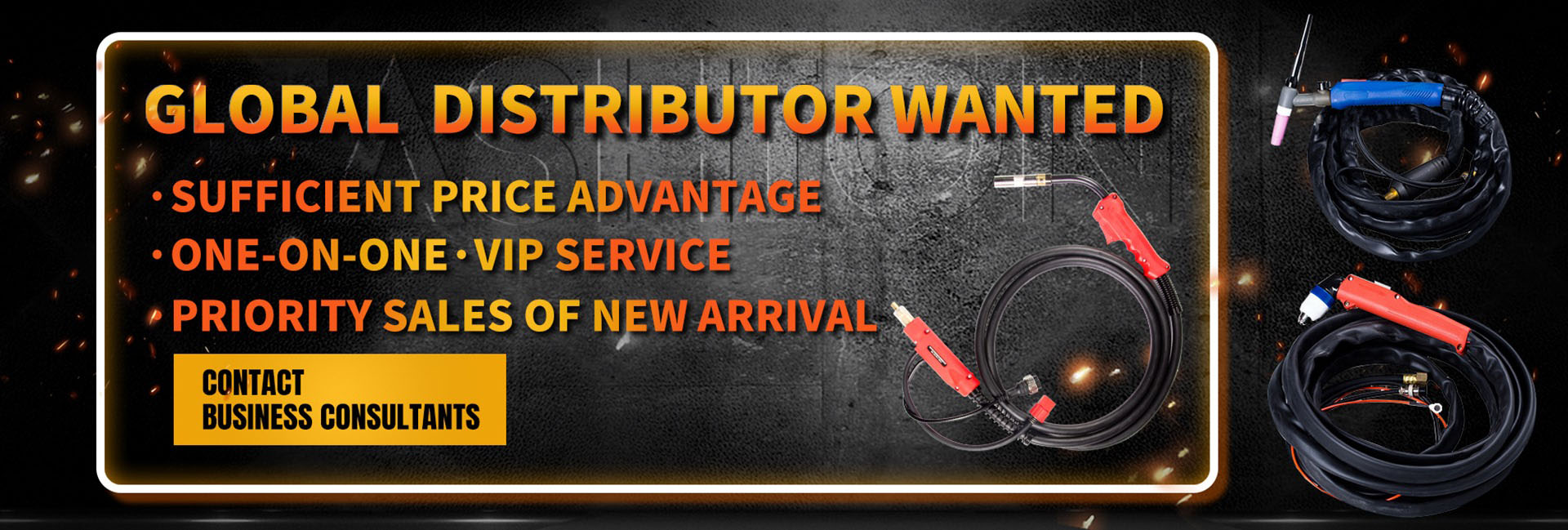
Submerged arc welding process is the most ideal choice for important applications in pipeline, pressure vessel and tank, track manufacturing and major construction. It has the simplest single wire form, double wire structure, series double wire structure and multi-wire structure.
Submerged arc welding can benefit users in many welding applications, from increased productivity to improved working conditions to quality assurance. Metalworking manufacturers that are considering changes in the submerged arc welding process should have many benefits in mind.
Basic knowledge of submerged arc welding
Submerged arc welding process is suitable for the requirements of heavy industrial applications in pipeline, pressure vessels and tanks, locomotive manufacturing, heavy construction/excavation. It is very suitable for industries requiring high productivity, especially welding industries involving very thick materials, and can gain a lot of benefits from the submerged arc welding process.
Its high melting rate and walking speed can have a significant impact on worker productivity, efficiency and production cost, which is also one of the key advantages of submerged arc welding process.
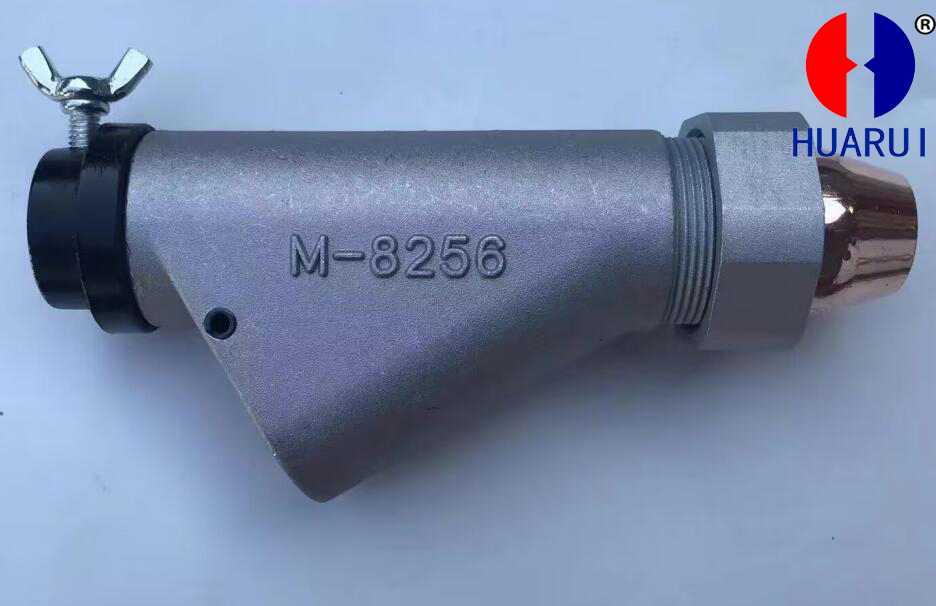
Other benefits include: welds with excellent chemical composition and mechanical properties, minimal arc visibility and lower welding soot, improved comfort in the working environment, and good weld shape and toe lines.
Submerged arc welding is a wire feeding mechanism that uses a granular flux to separate the arc from the air. As the name suggests, the arc is buried in the flux, which means that when the parameters are set, the arc is invisible with a subsequent flux outflow.
The wire is continuously fed by a torch moving along the weld. Arc heating melts a section of wire, part of the flux and base metal, forming a molten pool, condensation formed a welding seam covered with a layer of welding slag.
The THICKNESS RANGE OF WELDING MATERIAL IS 1/16 "-3/4", CAN PASS SINGLE PASS welding 100% penetration welding, if the wall thickness is not limited, can be MULTI-pass welding, and the weld to carry out appropriate pretreatment selection, select the appropriate wire flux combination.
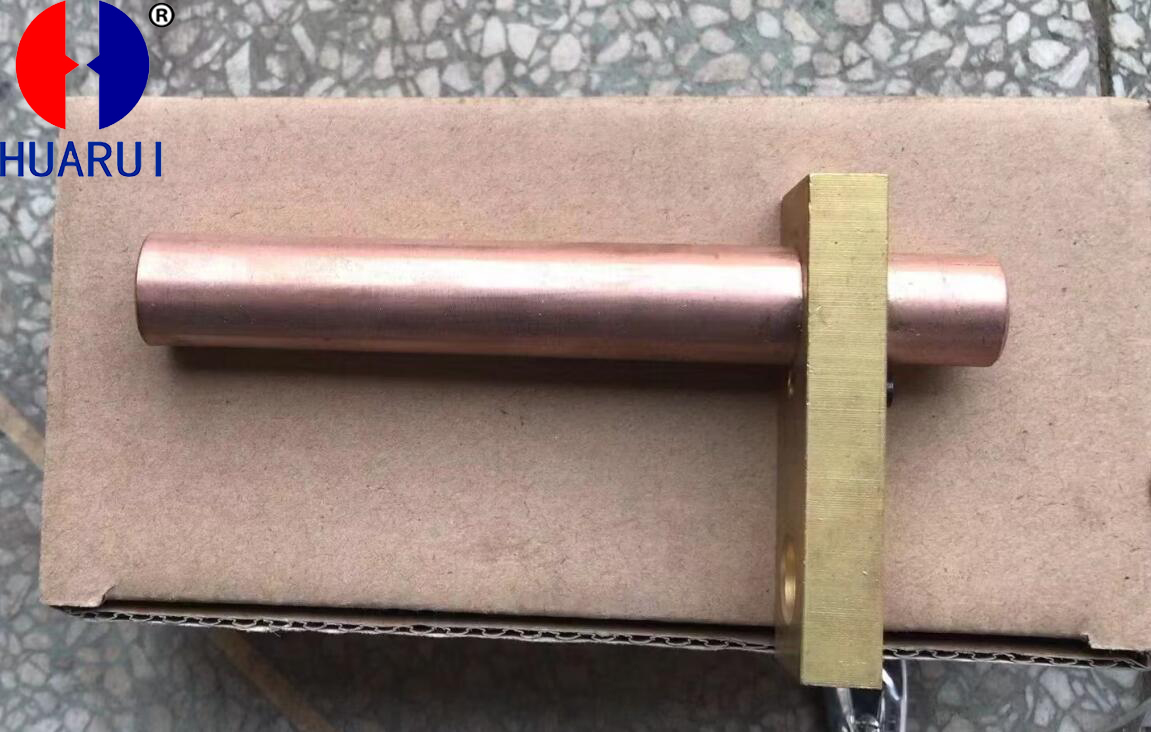
Choice of flux and wire
Choosing the right flux and wire for a specific submerged arc welding process is critical to achieving the best results using that process. Although the submerged arc welding process alone is efficient, productivity and efficiency can be increased even based on the wire and flux used.
Flux not only protects the weld pool, but also contributes to the improvement of mechanical properties and productivity of the weld. Flux formulation has a huge impact on these factors, affecting current carrying capacity and slag release. Current carrying capacity refers to the highest possible cladding efficiency and high quality weld profile.
The slag release of specific fluxes affects flux selection because some fluxes are more suitable for some welding designs than others.
Flux selection options for submerged arc welding include active and neutral types of welding. One fundamental difference is that active flux changes the chemistry of the weld while neutral flux does not.
Reactive flux is characterized by the inclusion of silicon and manganese. These elements help maintain weld tensile strength at higher heat input, help weld smooth at higher travel speeds and provide good slag release.
Overall, reactive flux can help reduce the risk of poor weld quality and costly post-weld cleaning and rework.
But keep in mind that active flux is usually best suited for single or double passes. Neutral fluxes are preferable for large multi-pass welds because they help avoid the formation of brittle, crack-sensitive welds.
There are a variety of wire options for submerged arc welding, each with advantages and disadvantages. Some wires are formulated for welding at higher heat inputs, while others are specially designed to have alloys that help the flux clean during welding.
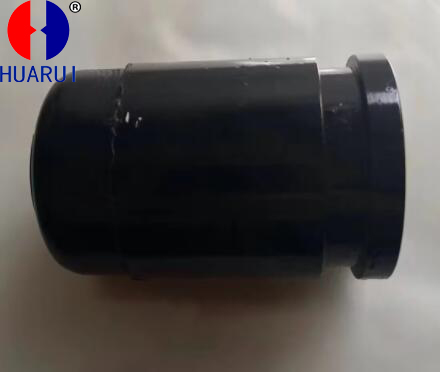
Note that the chemical properties of the wire and the heat input interaction can affect the mechanical properties of the weld. Productivity can also be greatly improved by filling metal options.
For example, using a metal cored wire with a submerged arc welding process can increase the cladding efficiency by 15 to 30 percent compared to using a solid wire, while also providing a wider, shallower penetration profile.
Due to its high travel speed, the metal cored wire also reduces heat input to minimize the risk of welding deformation and burn through.
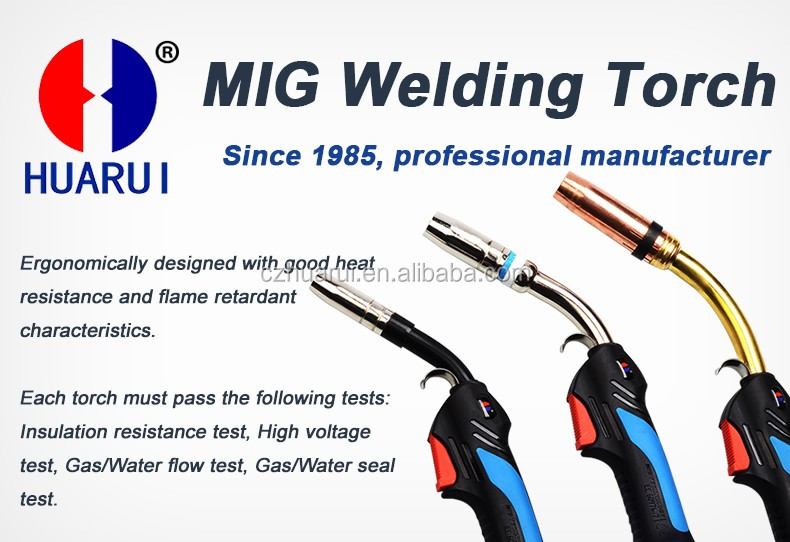
welcome to our alibaba shop:
https://czhuarui.en.alibaba.com/
https://topwelding.en.alibaba.com/
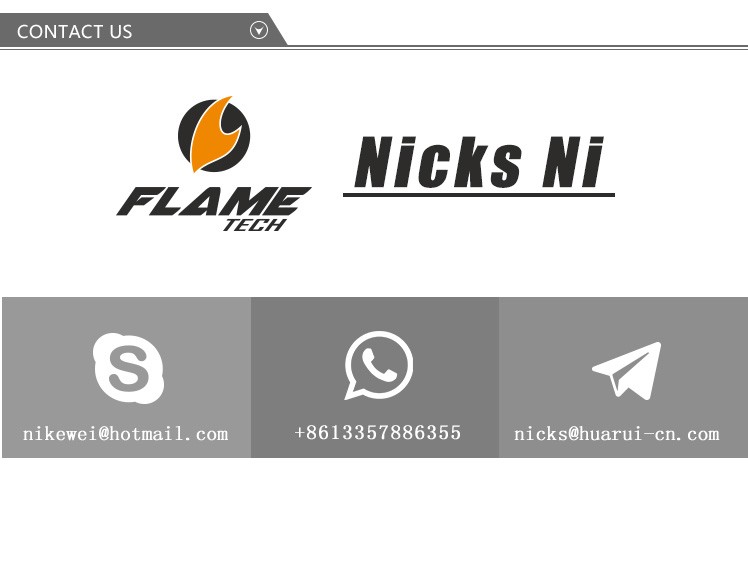

 master@huarui-cn.com
master@huarui-cn.com 86-519-86371071
86-519-86371071 86-519-86371072
86-519-86371072
View More(Total0)Comment Lists